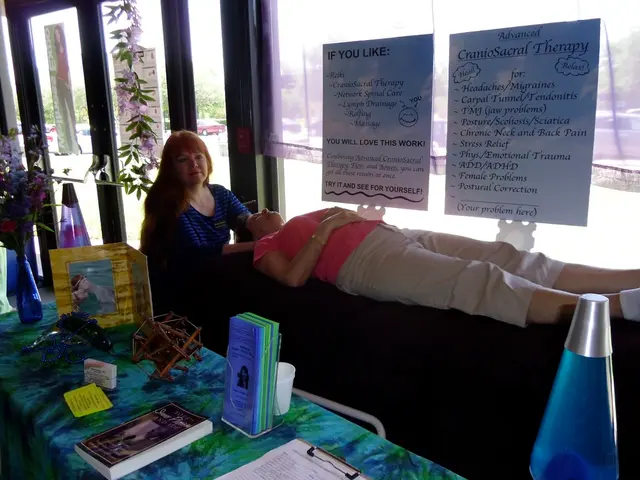Understanding The Aromantic and Asexual Identities
Understanding Aromantic Asexuality: A Deep Dive into a Unique Identity
Aromantic Asexuality, often abbreviated as aroace, is a sexual orientation that encompasses individuals who experience little to no romantic or sexual attraction. This article aims to shed light on this unique identity, its common characteristics, experiences, and the complexities of self-identification.
Common Characteristics
Aromantic individuals typically exhibit a lack of romantic attraction, finding little desire for romantic relationships or finding the concept of romance unappealing or confusing. Similarly, asexual individuals experience little to no sexual attraction and have a low or absent interest in sexual activity. Both orientations exist on a spectrum, with individuals experiencing varying degrees of these orientations, such as gray-aromantic or gray-asexual.
Common Experiences
The experiences of aroace individuals can be diverse, with some engaging in physical intimacy or sexual activity, but often not driven by romantic or sexual desire. Instead, it might be a way to form connections or fulfill a partner's needs. Aroace individuals often face societal pressure to conform to traditional norms of romantic and sexual relationships, leading to feelings of isolation or confusion about identity.
Fortunately, many aroace individuals find support and community through online forums, LGBTQ+ organizations, and specialized events, which help them navigate their identities and connect with like-minded people.
Complex Self-Identification
Aroace individuals may identify in various ways. Some may be both aromantic and asexual, but not all asexuals are aromantic. Some may identify as alloromantic while still being asexual, meaning they experience romantic feelings without sexual desire. Aroace individuals often express their identities through personal choices, such as the way they present themselves or the relationships they choose to form, which may not involve traditional romantic or sexual components.
Determining Your Identity
Determining one's identity is a deeply personal process. Some questions a person can ask themselves include how their relationships feel, if they desire romantic relationships, if they experience sexual attraction, if they desire to have sex, if certain conditions have to occur for them to experience romantic or sexual attraction, if their sexuality seems very different or more limited than that of their peers, and if they are significantly less interested in romantic relationships than their peers seem to be.
Distinct from Gender Identity
It is essential to note that sexual identities are distinct from gender identity. No single test or checklist can determine a person's identity.
Prevalence and Attitudes
Roughly 1% of the population identifies as asexual. A 2022 study compared the behaviours and attitudes of romantic and aromantic asexuals and found that people who identify as aromantic had more avoidant attachment styles.
Variations in Relationships
Others who identify as aromantic asexual may have no sexual or romantic relationships, while others may have romantic relationships, but these relationships may look different from the stereotypical romantic relationship.
For those exploring their identity, it is crucial to remember that understanding and acceptance come with time. Seeking support from organizations such as The American Association of Sexuality Educators, Counselors, and Therapists (AASECT), The Ace and Aro Advocacy Project, The Asexual Visibility and Education Network, and The Human Rights Campaign can provide valuable resources and community.
In the realm of education-and-self-development, understanding the unique identities of aromantic asexual individuals can foster empathy and inclusivity. This group often exhibits a lack of romantic attraction (autism in relationships), finding traditional romantic relationships unappealing or confusing, and also little to no sexual attraction (lifestyle), indicating a lack of interest in sexual activity.
In navigating their identities, aroace individuals often turn to online forums, LGBTQ+ organizations, and specialized events, as these provide valuable support and a sense of community. Recognizing the complexity of self-identification, some may identify as both aromantic and asexual, while others may be alloromantic but still asexual or encounter variations in their relationships that do not adhere to stereotypical romantic or sexual norms.




